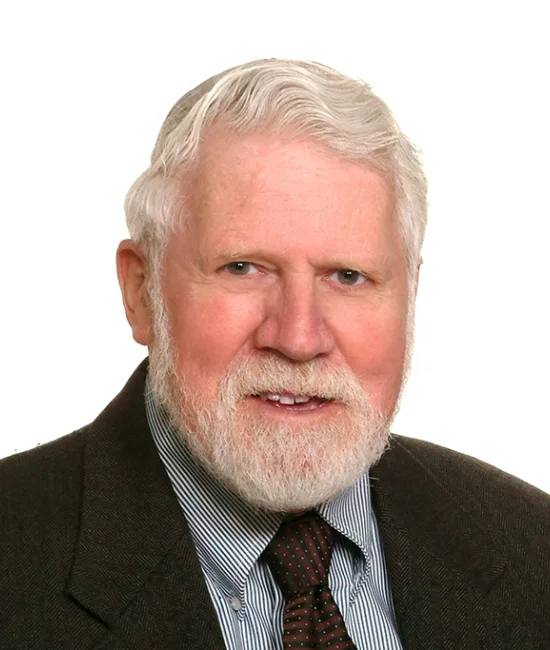Alex Brown
How did you get your start in the mineral industry?
I owe much gratitude to Duncan Derry for landing my career in academia. He had attended my MSc presentation at an SEG-sponsored session at the Inst. on Lake Superior Geology meeting in Sault Ste-Marie in 1965; then another presentation at a meeting in Sardinia in 1970, where during an afternoon pause, he asked where I hoped to head in my career after a post-doc at the Université de Liège, Belgium. Months later, he alerted me to an opening at l’École Polytechnique in Montreal, and he had recommended me. Poly was my first visit on an interviewing tour, and I carried their good offer in my pocket over the remainder of my 3-week tour across North America. In thanks to Duncan, I had the pleasure, over several years and at the invitation of Don Sangster of the GSC, to co-host a Carleton-University of Ottawa grad course on Ores in Sediments at the Derry Lab, U of Ottawa.
What was the most fulfilling project you ever worked on, and why?
Among the most fulfilling aspects of my career was the supervision of highly motivated and highly competent graduate students at Polytechnique: for example, Michel Gauthier on Grenville Supergroup zinc in the Maniwaki area, Quebec; Francois Robert on structurally controlled Abitibi gold; Frank Chartrand on sediment-hosted copper (SSC-type) in the Mackenzie Mtns; Pascal Marquis* on structurally-controlled Bousquet gold-silver-zinc; Mike Richard* on plutonic-centred volcanic-hosted massive sulfides; Mohammed Bouabdellah** on Mississippi Valley-type Pb-Zn-Cu in NE Morocco; Gustavo Durieux on a NW Argentinian SSC; Aurel Grigorita on the White Pine SSC. All very successful projects.
*Co-directed by Claude Hubert; **co-directed by Don Sangster.
